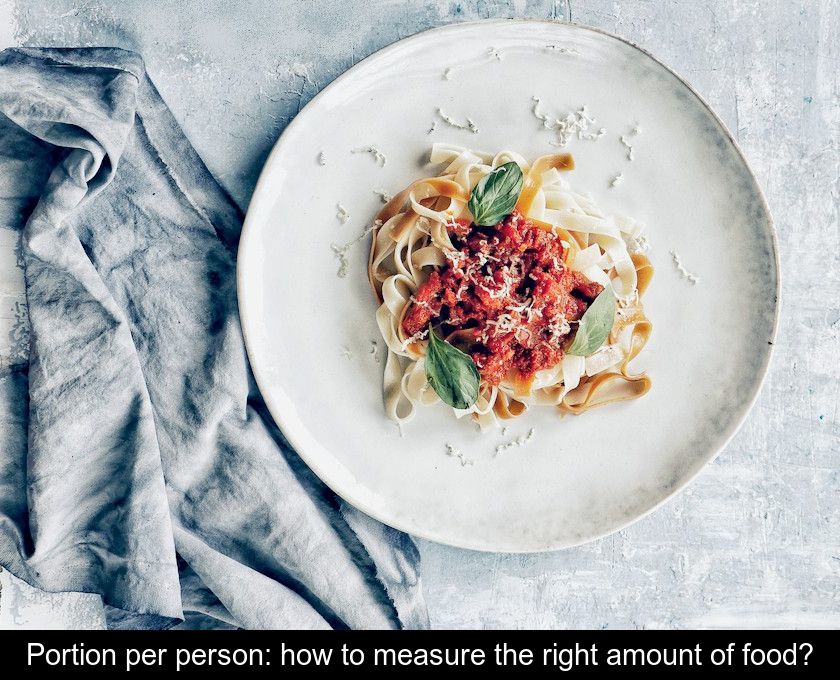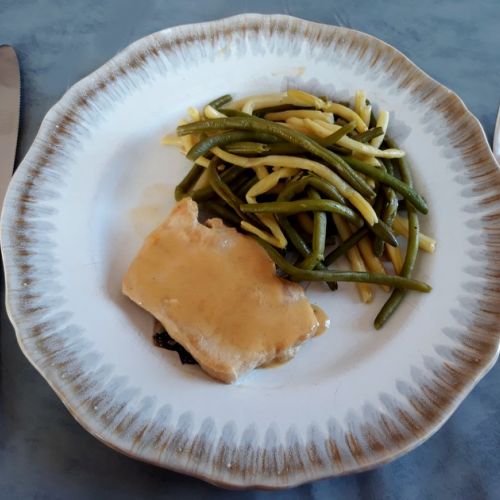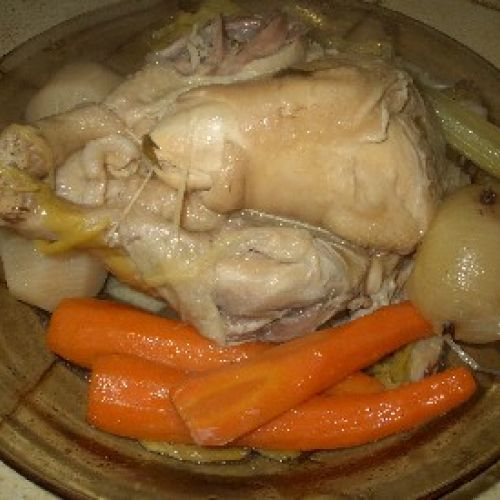Portion Per Person: How To Measure The Right Amount Of Food?
When you want to adopt a balanced diet, you must of course be concerned about the quality of what you eat, but also the quantities. It's not always easy to measure out certain foods like pasta, rice or meat. If you're always wondering how much you should eat, read the following practical guide! It explains what a serving size is per person.
How to measure starchy foods?
When preparing rice or pasta for several people, it is common to overcook it... To avoid refilling just 'to finish' or storing leftovers in the fridge, get a kitchen scale!
For rice, pasta or pulses before cooking, the portion per person is 60 g to 80 g depending on appetite.
Once these starches are cooked, to know how much you can eat, remember that :
you should use about 3 tablespoons
the volume on your plate should not exceed that of your closed fist.
To note: for bread, one serving is equivalent to one-third of a baguette.
How to dose meat and other proteins?
To eat a balanced diet and preserve your muscle mass, you need to eat two servings of protein per day.
You can choose between fish (twice a week), eggs and meat, as long as you favor poultry and don't eat fatty meat (lamb, pork or beef) more than once a week.
As for the quantity, remember that one portion of protein represents 100 to 120 g of fish or meat or two slices of ham or two eggs.
To visualize on your plate what a serving of meat or fish represents, remember that it is equivalent to a square drawn in the palm of your hand.
How to dose fruits and vegetables?
According to the official nutritional recommendations, you should eat at least 5 portions of fruit and vegetables a day, i.e:
2 portions of fruit maximum
and at least 3 portions of vegetables (or more if you wish).
For fruits and vegetables, the portion per person is from 100 to 120 g. In volume, this is 3 nice tablespoons or the size of your closed fist.
In practice, a serving of vegetables is a large tomato or a bowl of soup or a nice handful of green salad.
For fruit, a serving is a medium-sized fruit (an apple, pear, banana or orange) or 2 kiwis or 3 tablespoons of applesauce.
To note: for dried fruits such as walnuts, hazelnuts and almonds, one serving is the amount you can hold in the palm of your hand.
How to measure fat?
Even if you are watching your weight, you don't have to cut out fat completely because it provides essential fatty acids to your body.
On the other hand, you should watch the quantities because oils, butter and margarine are very high in calories.
As a general rule, you should not exceed 3 to 4 servings of fat per day, knowing that the portion per person is of 10 g or a tablespoon.
To provide your body with omega 3 and good fatty acids, it is recommended to consume each day:
2 tablespoons of rapeseed oil
1 tablespoon of olive oil
and if you wish, a portion of butter (the equivalent of a small individual bar or the length of two fingers).
If you follow the above directions, you will know how to properly measure food for your guests or yourself. As part of a weight loss diet, you can get back to your healthy weight simply by rebalancing your diet and avoiding overeating and/or refilling.






